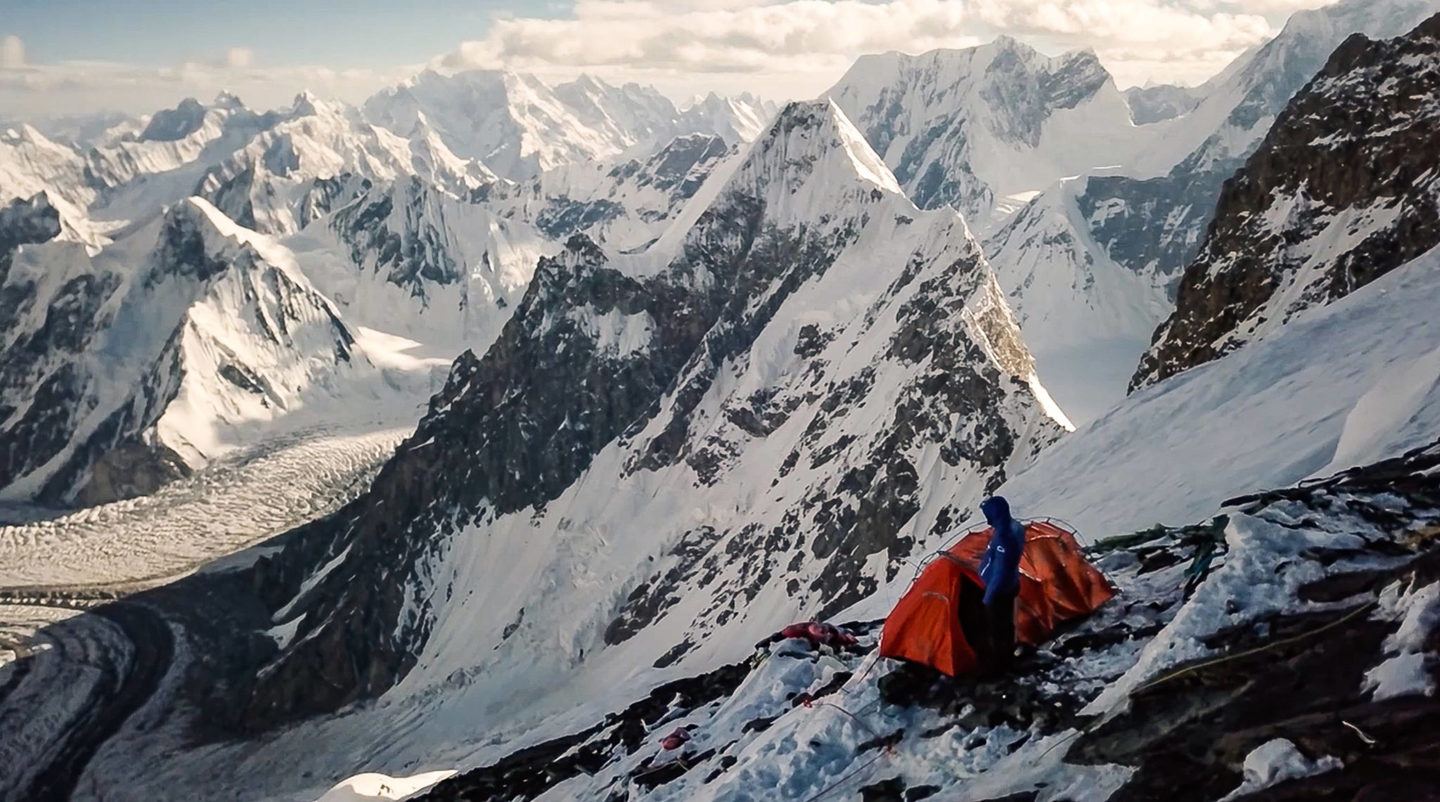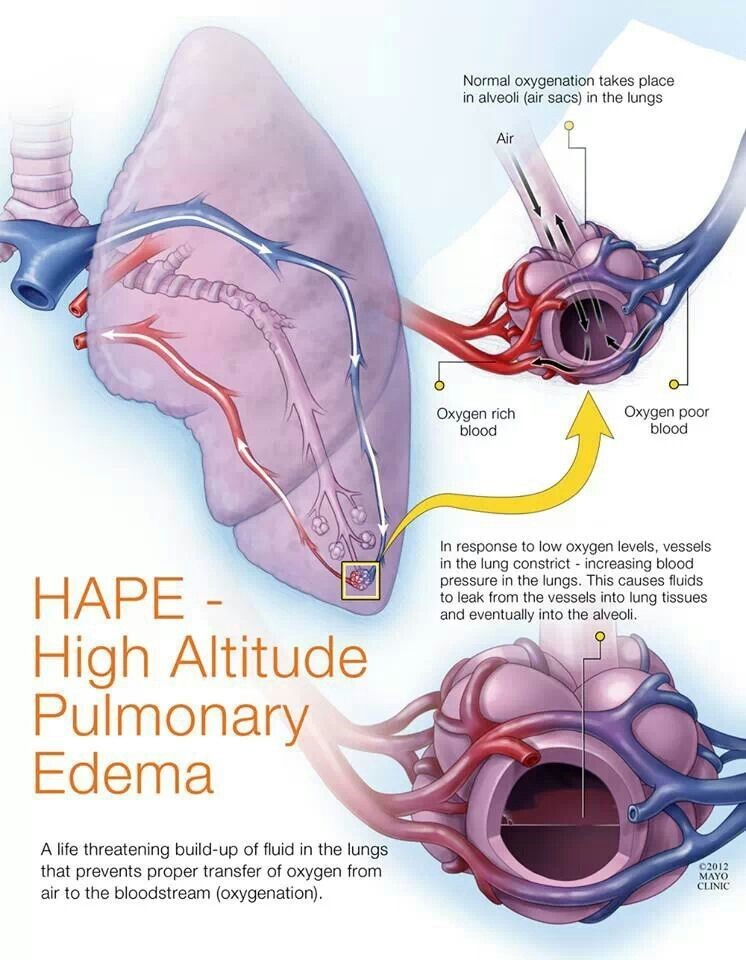
High Alpine Pulmonary Edema (HAPE) is a life-threatening ailment and the number one killer at altitude. HAPE occurs as fluid accumulates in the lungs. The typical individual that HAPE afflicts is someone who lives at low elevations and travels above 2500 meters. It is thought that 1 in 10,000 skiers who ski at moderate altitudes in Colorado will develop HAPE.

HAPE may be afflicting your partner if he or she is experiencing shortness of breath at rest, chest tightness or congestion directly after ascending. Similarly, HAPE should be considered if your partner has crackling or wheezing breaths, blue skin coloration, rapid breathing or rapid heart rate.
When an individual travels up in elevation the thinner air causes less oxygen to be present in the blood, a condition known as hypoxemia. Under certain circumstances, hypoxia can cause pulmonary edema. Prequalifying conditions are still being researched but HAPE can happen to anyone.

The Wilderness Medical Society recommends that climbers who plan to ascend over the 3,000-meter threshold allow their bodies time to acclimate. This takes the form of maximum elevation changes of 500 meters a day and rest days every three to four days. Nifedipine, a vasodilator, is the preferred medication for reducing the likelihood of HAPE.
The main treatment for HAPE is to descend in elevation as quickly as possible. 500 to 1000 meters is the recommended minimum. If this is not possible supplemental oxygen is nearly as good. The primary medication is Nifedipine although it must be used in combination with descent or supplemental oxygen.